What are the types of rare earth mines?
The occurrence state
Rare earth elements mainly exist in the form of minerals in the earth's crust, and there are three main occurrence states:
As the basic constituent elements of minerals, rare earths exist in the lattice of minerals in the form of ionic compounds and constitute an essential component of minerals. Such minerals are usually called rare earth minerals, such as monazite, bastnasite, etc.
As impurity elements of minerals, they are dispersed in rock-forming minerals and rare metal minerals in the form of homogenous substitutions. Such minerals can be called minerals containing rare earth elements, such as apatite and fluorite.
It is adsorbed on the surface or particles of some minerals in ionic state. Such minerals are mainly various clay minerals and mica minerals. Rare earth elements in this state are easily extracted.
There are about 250 rare earth minerals found, but there are only 50-60 rare earth minerals with industrial value, and only about 10 kinds are currently mining. There are currently four kinds of minerals used for industrial extraction of rare earth elements-bastnasite, monazite, xenotime and ion absorpt deposit account for more than 95% of Western rare earth output. In monazite and bastnasite, the content of light rare earth is relatively high. Xenotime contains heavy rare earth and yttrium, but the ore source is less than monazite.
In addition to China, the world's rare earth resource-owning countries include Russia, Kyrgyzstan, the United States, Australia, India, and Zaire; the main rare earth minerals are bastnasite, ion-absorbing type rare earths ore, monazite, Xenotime, and euxenite, apatite, loparite, etc. The main mining and beneficiation production countries are China, the United States, Russia, Kyrgyzstan, India, Brazil and Malaysia. In 1998, the output of rare earth concentrates in the world exceeded 130,000 tons (natural tonnage). It is worth noting that Australia, India, South Africa and other countries with rare earth resources will overcome technical obstacles and produce high-value-added single rare earth products within the next five years. By then, competition in the world market will become more intense.
Monazite
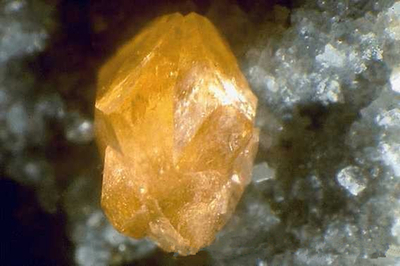
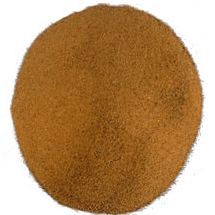
Crystal structure and morphology: monoclinic crystal system, orthorhombic column crystal type. The crystal is plate-shaped, and the crystal surface often has stripes, and sometimes it is column, cone, or granular. Monazite is also known as phosphocerite. Chemical composition and properties: (Ce, La, Y, Th) [PO4]. The composition varies greatly. The content of rare earth oxides in the mineral composition can reach 50-68%. Isomorphous mixed substances include Y, Th, Ca, [SiO4] and cerium [SO4]. The monazite is soluble in H3PO4, HClO4, H2SO4.
Physical properties: yellowish brown, brown, red, sometimes green. Translucent to transparent. Streak white or light red yellow. With strong glass luster. Hardness 5.0 ~ 5.5. Brittle. The proportion is 4.9 ~ 5.5. The electromagnetic is weak. Green light under X-rays. Does not emit light under cathode rays.
Generation status: Produced in granite and granite pegmatite; rare metal carbonate; Yunyingite and quartzite; Yunxia syenite, plagioclase and alkaline syenite pegmatite; Alpine vein ; In mixed rocks; and in weathered crust and sand deposits.
Usage: mainly used to extract rare earth elements.
Origin: The main resource of monazite with economic mining value is alluvial or seashore sand deposit. The most important seashore sand deposits are along the coasts of Australia, Brazil and India. In addition, Sri Lanka, Madagascar, South Africa, Malaysia, China, Thailand, South Korea, North Korea and other places contain heavy sand deposits of monazite.
The production of monazite has been declining in recent years, mainly because the thorium element in the ore is radioactive and harmful to the environment.
Bastnasite
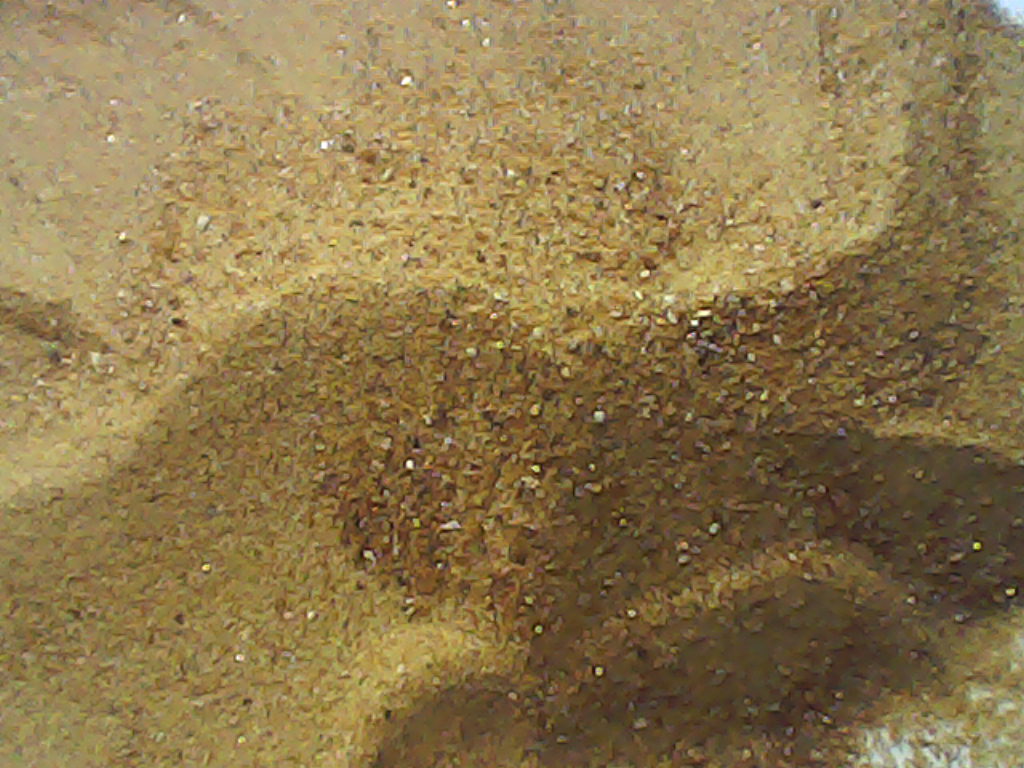
Chemical composition properties: (Ce, La) [CO3] F. Mechanical admixtures include SiO2, Al2O3, P2O5. Bastnaesite is easily soluble in dilute HCl, HNO3, H2SO4, H3PO4.
Crystal structure and morphology: hexagonal crystal system. Compound trigonal bipyramid. The crystal is hexagonal columnar or plate-shaped. Fine-grained assembly.
Physical properties: yellow, reddish brown, light green or brown. Glass luster, grease luster, streaks are white and yellow, transparent to translucent. Hardness 4 ~ 4.5, brittle, specific gravity 4.72 ~ 5.12, sometimes radioactive and weakly magnetic. It is transparent in flakes, colorless or light yellow under transmitted light, and does not emit light under cathode rays.
Occurrence status: produced in rare metal carbonate; granite and granite pegmatite; quartz veins related to granite syenite; quartz-iron-manganese carbonate veins; sand deposits.
Use: It is an important mineral raw material for extracting rare earth elements of cerium group. Cerium group elements can be used to make alloys to improve the elasticity, toughness and strength of metals, and are important parts for making jet aircraft, missiles, engines and heat-resistant machinery. It can also be used as a protective shell against radiation. In addition, cerium group elements are also used to make various colored glasses.
At present, the largest known bastnaesite is located in Baiyun Ebo Mine, Inner Mongolia, China. As a by-product of mining iron ore, it is mined together with monazite, and its average rare earth oxide content is 5-6%. The highest grade industrial bastnaesite deposit is the Mountain Pass mine in California, USA, which is the only bastnaesite in the world that is dominated by rare earth mining.
Xenotime
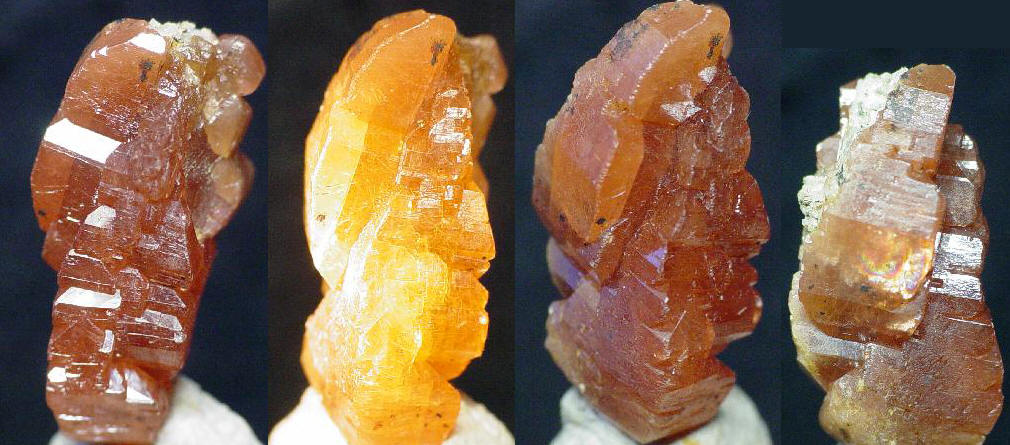
Chemical composition and properties: Y [PO4]. In the composition, Y2O3 61.4% and P2O5 38.6%. There are rare earth elements of the yttrium group mixed in, mainly ytterbium, erbium, dysprosium, and gadolinium. There are still elements such as zirconium, uranium, and thorium instead of yttrium, along with silicon instead of phosphorus. Generally speaking, the content of uranium in phosphorite is greater than thorium. Phosphorite is chemically stable.
Crystal structure and morphology: tetragonal crystal system, complex tetragonal bipyramid crystal, granular and massive.
Physical properties: yellow, reddish brown, sometimes yellowish green, also brown or light brown. The streaks are light brown. Glass gloss, grease gloss. The hardness is 4 to 5, the specific gravity is 4.4 to 5.1, and it has weak pleochroism and radioactivity.
Generation state: mainly produced in granite and granite pegmatite. It is also produced in alkaline granite and related deposits. There are also outputs in sand mines.
Usage: used as a mineral raw material for the extraction of rare earth elements when enriched in large quantities.
Ion absorpt deposit
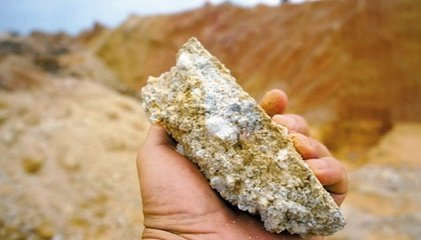
The leaching type rare earth ore is the new type rare earth mineral unique to China. The so-called "ion adsorption" rare earth elements do not exist in the form of compounds, but are adsorbed in clay minerals in an ion state. These rare earths are easily transferred into solutions for the exchange of strong electrolytes, and do not require crushing, beneficiation and other processes, but can be directly leached to obtain mixed rare earth oxides. Therefore, the characteristics of this type of mine are: high content of heavy rare earth elements, large economic content, low grade, large coverage, mostly in hilly areas, suitable for manual and semi-mechanized mining, simple mining and leaching process.
Weathered crust leaching rare earth mines are mainly distributed in Jiangxi, Guangdong, Hunan, Guangxi, Fujian and other places in China.





